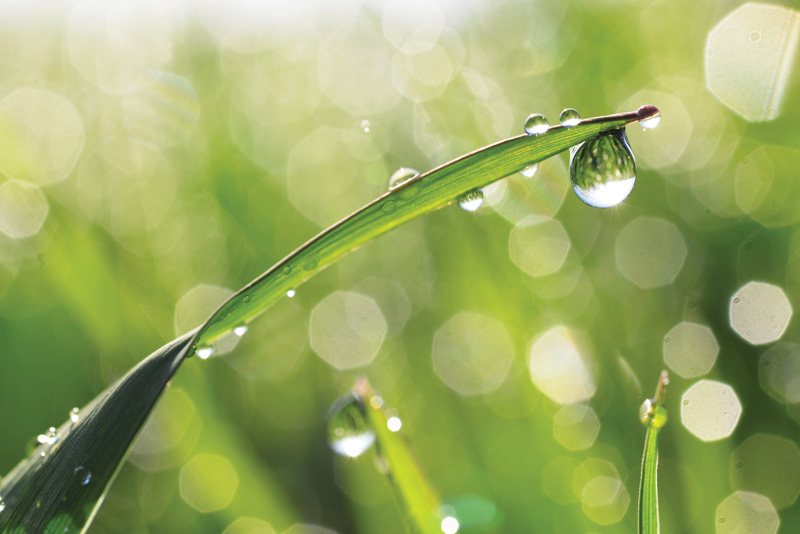No, the Midwestern United States is not the new go-to spot for vacationers in the middle of winter, but when you think “tropical,” I assume you think hot and humid. The Midwest has half of that…humidity.
Here is a chart with humidity percentages from two very humid cities. One is Miami, Florida. The other is Baltic, South Dakota, located just a few miles from the borders of Minnesota and Iowa. Can you guess which is which?
You may be surprised to learn that Baltic, South Dakota, where our farm is located, is column B, and those are the average humidity levels for each month in 2019, according to the SDSU weather station on our farm. Column A is the average humidity (in percentage) for Miami, Florida for all years, not specific to 2019. In each of the last few years, we have been as humid as Miami, Florida, especially when it counts most, in the middle of the crop season, June-August.
Here’s why I bring this up. Many people still fear drought, and I do, too, but we have only had a handful of droughts in the last 100 years. What ends up saving us, even when we don’t get much rainfall, is humidity. I can really see that in South Dakota, because just 150 miles west of us, it is much less humid. When we get the same rainfall as the farmers to the west on similar soils, we have far more yield due to the humidity levels.
The other extremely important thing to know about crops is that if they always have ample nutrients, they use considerably less water. When a plant starts to run short on any one nutrient, it will start to draw in more water, even if it doesn’t need the water. It does this in the hopes that more of the nutrient it needs will come in the water. Put simply, you make your crop a water-waster if you don’t have the right balance and amount of plant nutrients in the soil.
2019 was extremely wet in the Midwest, but whether it’s a wet or dry year, farmers can raise great crops when humidity levels are as high as they often are in the Midwest. The other key is to have ample, available nutrients, and that’s what farmers continue to work on to make their crops more drought-tolerant. All this gives the United States a more consistent and reliable food supply.
No, the Midwest will never be known as a tropical destination, but the extremely high humidity through much of the growing season does mean good news in our constant quest for higher yields.







